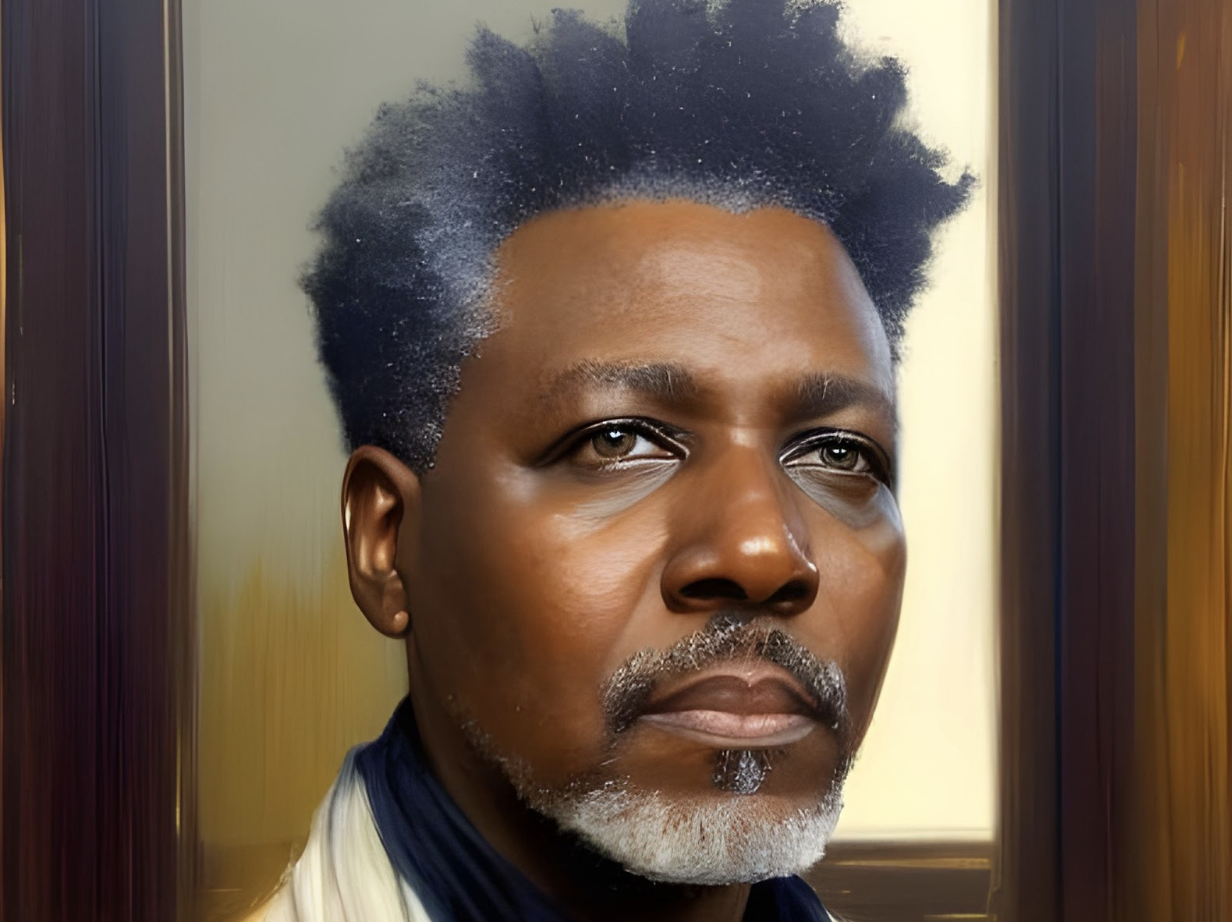In the ever-evolving field of urban development, place making has emerged as a key discipline that seeks to transform spaces into vibrant and functional environments for communities. Among the pioneers of innovative place making approaches, M.von Nkosi’s journey stands out as a beacon of independence and creative problem-solving. His unique approach to urban challenges has left a lasting impact on various communities, demonstrating the power of ingenuity in shaping the urban landscape.
An Independent Path
Mr. Nkosi’s journey into the world of place making has been anything but conventional. Growing up in a community that faced numerous urban challenges, Nkosi recognized the pressing need for innovative solutions that truly catered to the people’s needs. Armed with a passion for urban planning and architecture, he set out on a path less traveled – opting to establish his own independent practice rather than joining established firms.
This decision allowed Nkosi the freedom to explore and experiment beyond the boundaries of traditional place making. By choosing independence, he could immerse himself in the communities he sought to serve, listening to their stories, understanding their aspirations, and gaining a deep appreciation for their unique identities. This empathetic and organic approach enabled him to tailor his solutions to the specific requirements of each community, making a significant difference in their lives.
A Human-Centered Philosophy
At the heart of Nkosi’s place making philosophy lies a profound focus on human-centric design. Unlike approaches that prioritize superficial aesthetics or monetary gains, Nkosi believes that successful place making should be deeply rooted in the well-being and desires of the people who inhabit those spaces.
In all of his projects, Nkosi collaborates closely with the communities involved, engaging them as active participants in the design process. By taking the time to understand their needs, aspirations, and cultural nuances, he ensures that the final outcome resonates with the community’s identity and fosters a sense of ownership.
For instance, in a marginalized neighborhood that lacked recreational spaces, Nkosi worked hand-in-hand with the residents to design and implement a vibrant community park. This endeavor not only transformed the physical environment but also sparked a renewed sense of community spirit and social cohesion.
Embracing Innovation and Sustainability
Innovation and sustainability are two pillars that have underpinned M. von Nkosi’s place making approach throughout his career. He firmly believes that innovative solutions are essential to address the complexities of modern urban challenges effectively. However, he emphasizes that true innovation must also be environmentally and socially sustainable.
Nkosi’s commitment to sustainability is evident in various aspects of his projects. From integrating renewable energy solutions to adopting eco-friendly materials, he ensures that his designs have a minimal impact on the environment. Moreover, he advocates for designs that are adaptable and resilient, capable of withstanding changing urban dynamics and climate challenges.
One remarkable project that showcases Nkosi’s dedication to innovation and sustainability is a mixed-use development that incorporates green roofs, rainwater harvesting, and energy-efficient systems. This development not only fosters a sense of community but also sets an example for other projects to follow suit in creating sustainable urban spaces.
Conclusion
M.von Nkosi’s journey in place making has been characterized by independence, creative problem-solving, and a deep commitment to human-centric, sustainable design. Through his innovative and empathetic approach, he has transformed communities and left a positive impact on the urban landscape.
As cities continue to evolve and face new challenges, Nkosi’s philosophy serves as an inspiring reminder of the importance of understanding the people’s needs, embracing innovation responsibly, and prioritizing sustainability. By following in his footsteps, future urban planners and place makers can forge a path towards more inclusive, resilient, and vibrant cities that truly reflect the essence of the communities they serve.
You might also enjoy:
- Arthur Freydin Innovation
- Innovative Business Ideas That Are Changing the Future
- How Robbin Jorgensen is Building a Community of Women Who Will Change the World
- Cheersway and Tik Tok establish in-depth cooperation to jointly explore a new chapter of market innovation and economic empowerment
- Bionassay’s Respectful Sourcing in Sustainable Skincare
